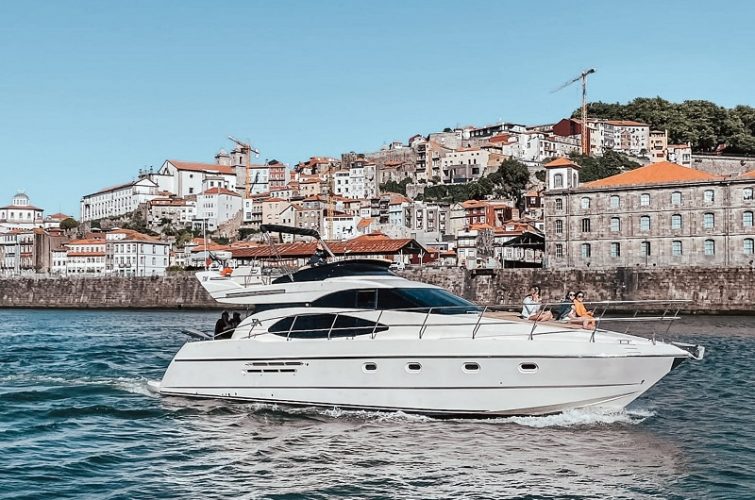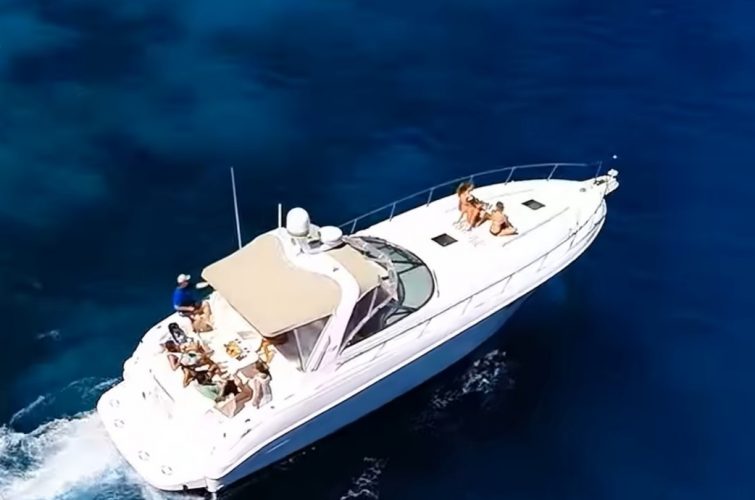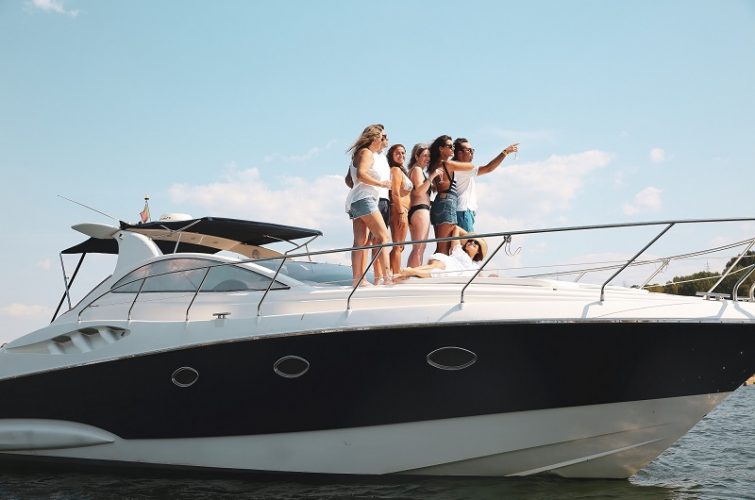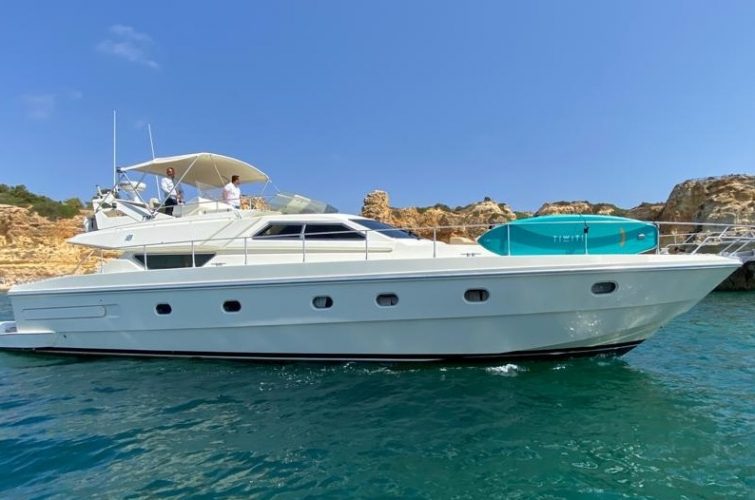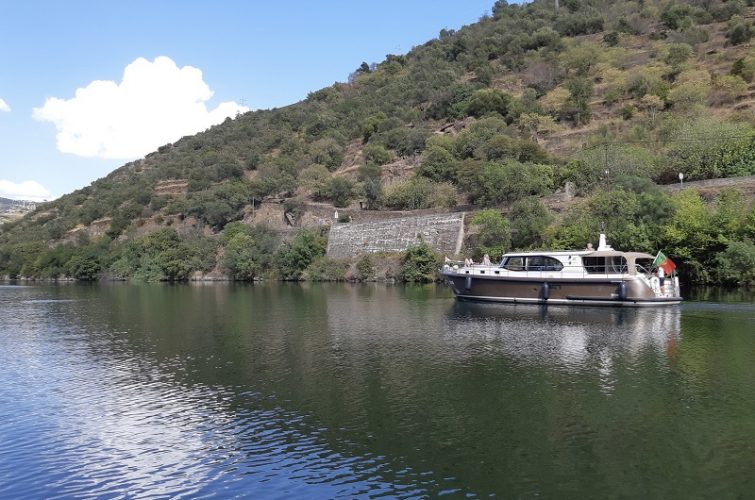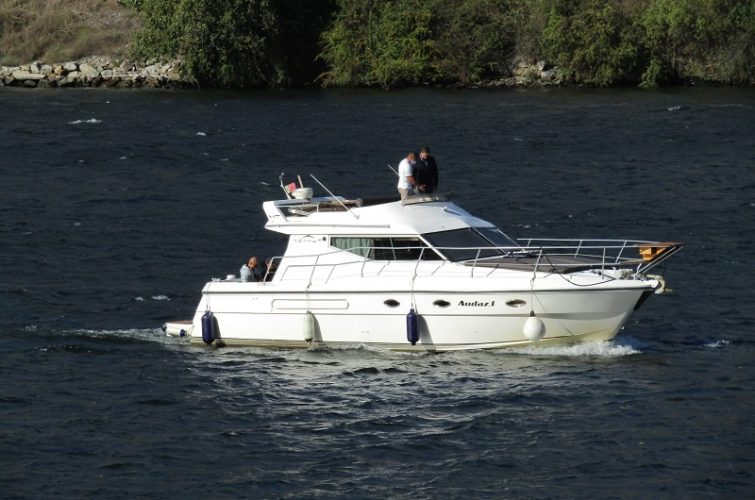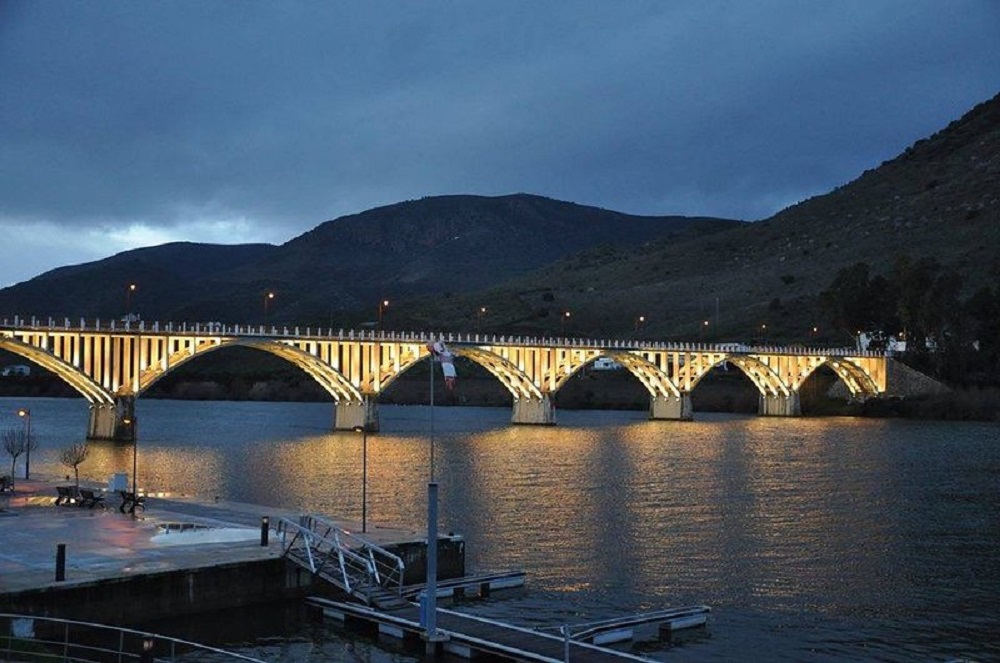
We speak the languages:
![]()
![]()
![]()
Program - 3D
Day 1
- Beginning of the trip at Pinhão pier
- Passage through Foz do Tua
- Navigation to the Valeira dam
- 120 m stop for lunch in Ferradosa
- Navigation to Foz do Sabor
Day 2
- Beginning of the trip at the Foz do Sabor pier
- Navigation to the Pocinho lock
- Stop 120 m for lunch in Pocinho
- Navigation to Barca D'Alva
- 60 m stop for bathing in the river
- Navigation to Marina do Pocinho
Day 3
- Start of the trip at Marina do Pocinho
- Navigation to the Pocinho lock
- Stop 60 m for lunch at "Sra. da Ribeira" pier
- Navigation to the Valeira dam
- Stop of 120 m for lunch on board and visit to the "Quinta do Bomfim" cellars
- Return to Pinhão pier
Maximum capacity:
- Seadouro 44 – até 14 Guests
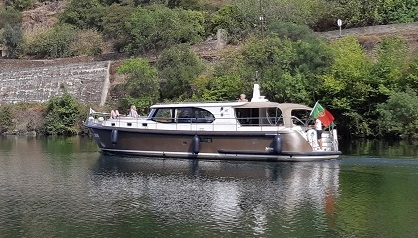
Complementary Services:

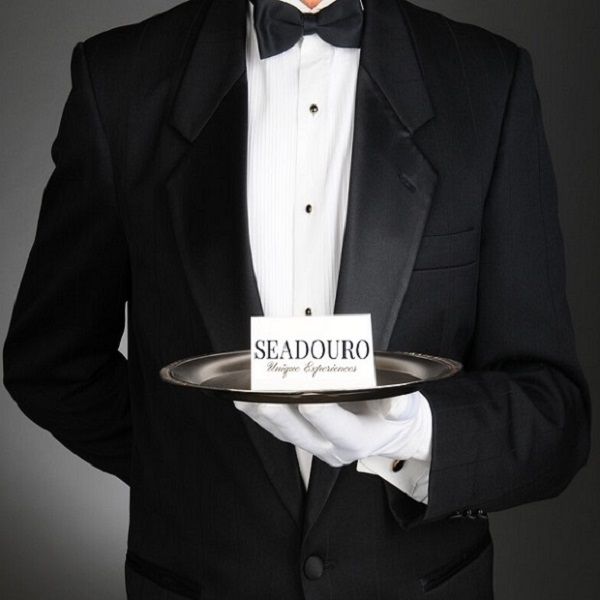
Photography Concierge
A brief note:
- No pets allowed on board
- Drinks and food are allowed on board, at an additional cost of €75 (total amount to be paid by the group and not per person), but with prior consent from the company. drinks and food on board, free of charge, but with prior consent from the company.
BOATS / YACHTS SEADOURO
CURIOSITIES
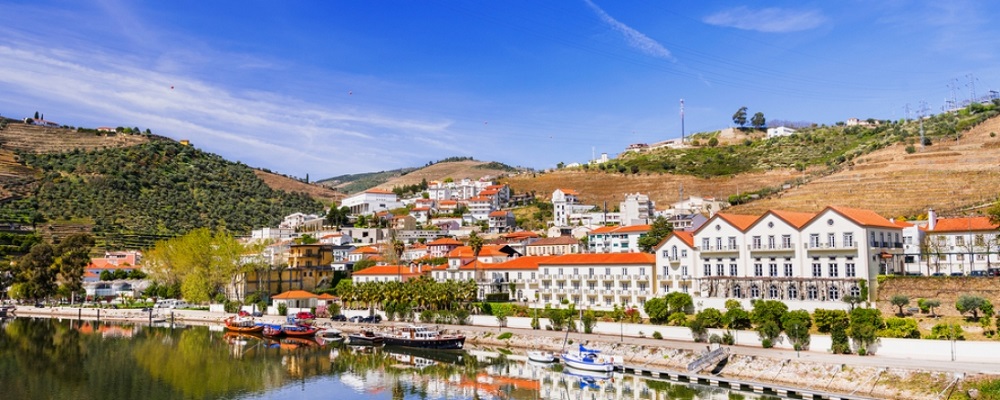
PINHÂO
Pinhão is a village, with 3.00 km² in area and 648 inhabitants (2011). Its population density is 216 inhabitants/km².
The village is located on the north bank of the Douro River, being the center of the demarcated region of Port Wine and the place where several fortified wine producing farms are located.
The landscape of Pinhão is classified by UNESCO as a cultural heritage of humanity.
It was the first parish in the district of Vila Real to have a telephone, permanent mail, piped water and Casa do Povo.
This village enjoys a privileged location on the right bank of the River Douro. Pinhão is the center of the demarcated region of Port Wine and the place where the most famous farms producing Port wine are located. The village of Pinhão receives around 400 thousand tourists a year.

Barca d’Alva is a place belonging to the parish of Escalhão, municipality of Figueira de Castelo Rodrigo, located in the North of the Guarda district, and inserted in the Douro International Natural Park. Next to the village is the border with Spain, defined here by the course of the rivers Águeda and Douro.
In 1887, Barca d'Alva was the stage for the completion of the Douro Line, which at Ponte do Águeda reached its 200th and final kilometer. With the connection made to Boadilla station via La Fregeneda, the Douro Line became an international line, being the most direct connection between Porto and the rest of Europe.
A border station, Barca d'Alva had, in addition to the normal equipment of a very important station and terminal, such as stables and a turntable, customs posts, a Fiscal Guard post, and a hotel.
However, in 1985, the section Boadilla-Fregeneda-Fronteira do Águeda was closed. Barca d’Alva and the Douro lost their international connection, and in 1988 it was the turn of the last train to whistle in Barca d’Alva, with the closure of the Pocinho-Barca d’Alva section. Currently, the entire station ensemble is abandoned.
With the elevation of the Spanish section to Heritage of Public Interest, and the allocation of funds for its reopening, the project for a cycle path between Pocinho and Barca d’Alva along the Douro Line track bed was in check. Furthermore, when a coalition of local authorities formalized its desire to reopen this section to rail traffic, thus reopening, after more than 20 years, the international connections to and from Porto, via the Douro Line. Nothing has since been decided.
Barca d’Alva also has a fluvial pier, marking the limit of navigability of the Douro, which begins at its mouth in Porto.
Barca d'Alva is also the last place where it is possible to cross the Douro and into Portuguese territory, through the Almirante Sarmento Rodrigues road bridge.
